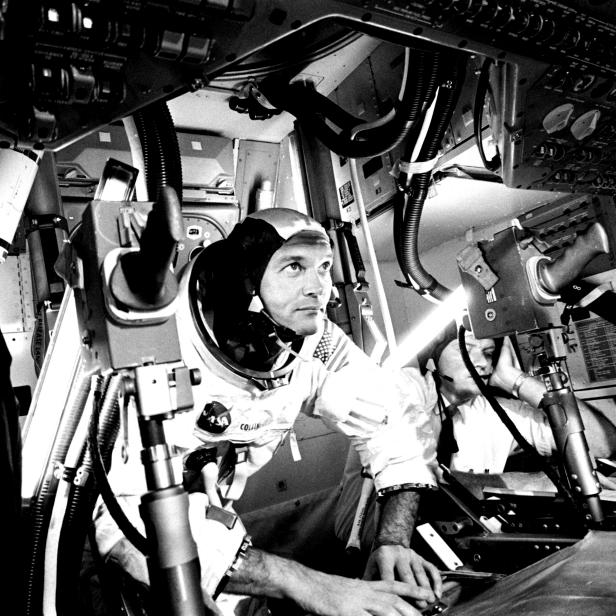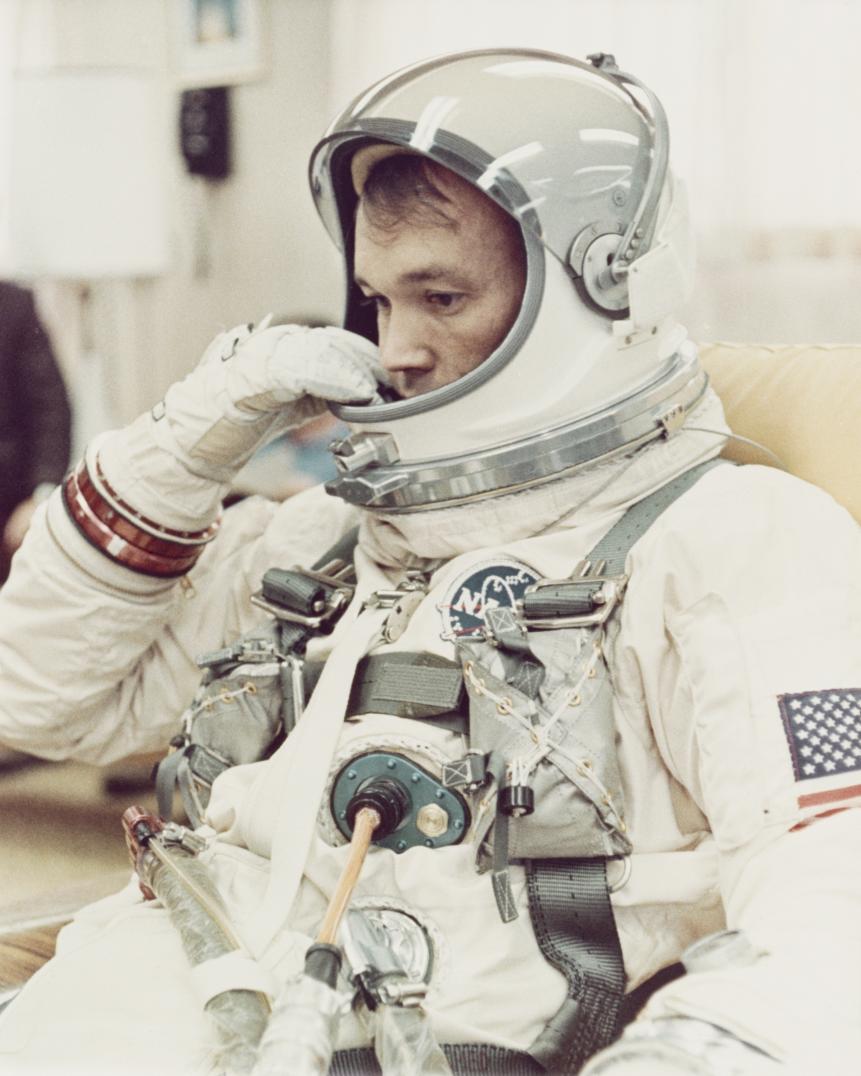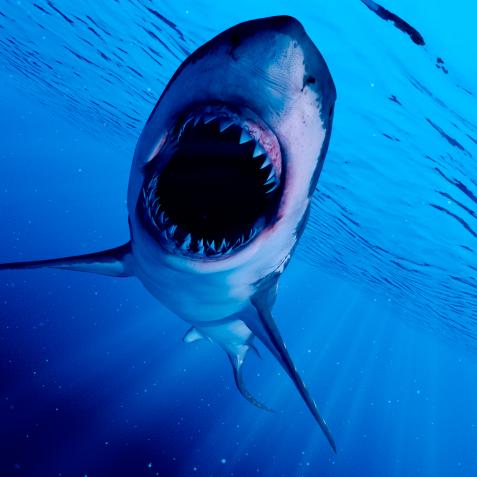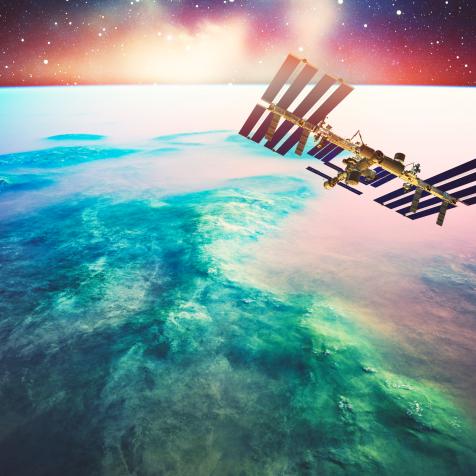
Smith Collection/Gado
Michael Collins, Apollo 11 Astronaut, Dies at Age 90
After a truly legendary life, NASA astronaut Michael Collins passed away at the age of 90. Michael was a vital member of the Apollo 11 mission to the moon in 1969 and a pioneer of space exploration.
On Wednesday, April 28, the world lost a NASA legend. Michael Collins was the man that made it possible for Buzz Aldrin Jr. and Neil Armstrong to make those small steps for man on the moon. He was once called 'the loneliest man in history,' while during that very famous mission he orbited the moon 69 miles above the surface.

MPI
July 24, 1969: From left to right, Neil Armstrong, Michael Collins, and Edwin 'Buzz' Aldrin Jr — the crew of the historic Apollo 11 moon landing mission — are subjected to a period of quarantine upon their return to earth. Through the window of their Mobile Quarantine Facility, they hold a conversation with President Richard Nixon.
Before the Apollo mission, Michael was a member of the third group of astronauts selected in 1963, which then had him piloting a Gemini mission in 1966. His legacy lives with NASA and the world through his many written and televised interviews and books.

Space Frontiers
Pilot Michael Collins adjusts the helmet of his space suit in the Ready Room at Cape Kennedy in Florida before NASA's Gemini 10 mission, July 1966.
NASA administrator Steve Jurczyk released a statement expressing how much of an impact Collins had on the space program, “NASA mourns the loss of this accomplished pilot and astronaut, a friend of all who seek to push the envelope of human potential. Whether his work was behind the scenes or on full view, his legacy will always be as one of the leaders who took America's first steps into the cosmos. And his spirit will go with us as we venture toward farther horizons.”
This American legend was more passionate than anyone about space exploration and NASA highlighted one of his famous quotes, 'Exploration is not a choice, really, it’s an imperative...What would be worth recording is what kind of civilization we Earthlings created and whether or not we ventured out into other parts of the galaxy.’


















